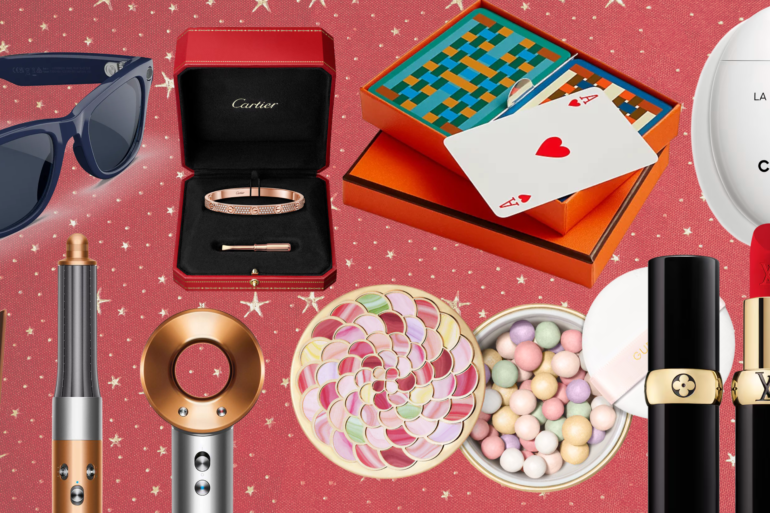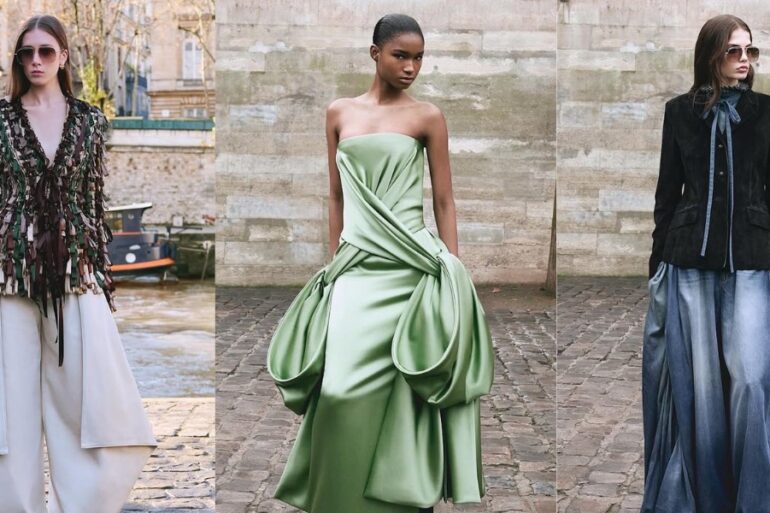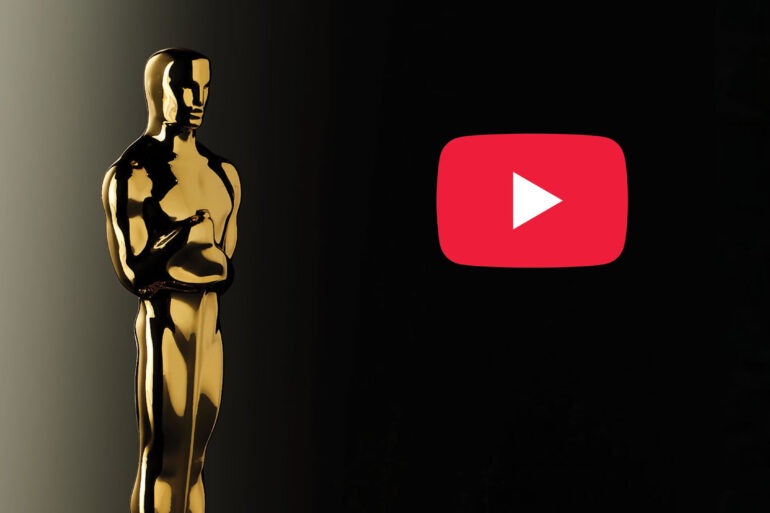With World Emoji Day coming up on July 17, now’s the perfect time to decode what some of these symbols can currently mean.
Once upon a time, emojis were straightforward. A smiley face meant you were smiling. A heart meant love. A thumbs up meant… thumbs up. But the times have changed, and those same emojis might get you side-eyed by someone under 25 if you still use them unironically today.
In the age of TikTok and “chronically online” humor, emojis have evolved. With World Emoji Day coming up on July 17, now’s the perfect time to decode what some of these symbols can currently mean.
Here’s your crash course in understanding Gen Z’s emoji language—so you don’t accidentally text like it’s 2013.
Related story: Why Gen Z travels differently — and what it means for the industry
Related story: New study ranks Vietnam, Taiwan and Thailand as Gen Z, Millennials’ top destinations
Related story: Quiet quitting is out, revenge quitting is in for Gen Zs who are done with ‘toxic’ employers
Emojis that no longer mean what you think

🙂 means passive aggression or fake positivity
This isn’t an innocent smiley face. Gen Z often uses it to mask sarcasm, irritation, or quiet rage. When someone says “It’s fine 🙂” or “Okay 🙂,” it usually means the exact opposite. It’s the default for passive-aggressive replies and dry sarcasm.
😂 isn’t funny anymore
Once the universal sign for laughter, the crying-laugh emoji has now been unofficially retired by younger users. To Gen Z, 😂 reads as outdated, cringey, or sarcastic. It’s been replaced by more chaotic options like 💀 (I’m dead) or 😭 (laughing too hard to breathe).
👍 gives off dry, dismissive energy
What used to be a simple thumbs-up has turned into the emoji version of a cold “K.” Gen Z often sees it as passive-aggressive. Sending just a 👍 can come across as shutting down the conversation or lowkey throwing shade.
❤️ is sweet but stiff
The classic red heart is still kind, but it now feels a little too formal. Gen Z prefers to soften the tone with 🤍 (gentle, neutral), 💕 (cute and casual), or go edgy with 🖤. Unless you’re declaring real love, the red heart can feel too much at times.
😃 isn’t happy, it’s perplexed
This cheerful big-grin emoji now lives a second life as a reaction to moments that leave you speechless in a “what just happened?” kind of way. From awkwardness, absurdity, or just plain outrageousness you can’t comprehend—this emoji just lets you smile through it all.
Related story: Generation Beta begins in 2025. How will these babies born from 2025 to 2039 mark their era?
Emojis Gen Zs use the most
💀 means “I’m dead” in a good way
No, it’s not about literal death. Gen Z uses this skull emoji to express over-the-top laughter, shock, or secondhand embarrassment. If someone says “That joke had me 💀,” it means it was so funny or cringe it killed them.
😭 is the new default laughing emoji
This bawling emoji has been rebranded as a go-to for dramatic humor. It’s less of a symbol for heartbreak and more like a louder, more unhinged version of “LOL.” Simply put, you’re actually full-on crying from laughter.
🤡 for when you did something stupid (and you know it)
This clown emoji is peak self-roast. Gen Z uses it when they admit to doing something embarrassing or falling into the same mistake again—like ignoring red flags or returning to a bad habit. It’s also used to call out someone else’s foolishness in a not-so-subtle way.
🫠 for when you just wanna escape
The ultimate emoji for awkward moments, 🫠 says “I want to disappear now.” It’s perfect for cringe encounters, being exposed, or simply getting overwhelmed by life. Think of it as your digital facepalm.
😭 💀 🔥 as emoji clusters for dramatic effect
Gen Z doesn’t just use one emoji—they stack them. Clusters like “😭💀” amplify reactions, whether you’re dying of laughter or mentally combusting. Sprinkling in some 🔥 is often obligatory for the added chaos.
Related story: Having trouble keeping your young employees? Here’s how Gen Z is redefining the traditional career path
Related story: 10 fun facts about Gen Z and millennial travelers in Asia Pacific
Related story: How to slay Gen Z Jargon 101
✨ for some sparkly sarcasm
The sparkle emoji isn’t just for fairy tales. Gen Z uses ✨ to frame sarcasm, exaggeration, or mock self-care—like “✨doing my best✨” when they clearly aren’t. It adds a layer of irony while still looking cute.
🌈 🧚♀️ 💫 for your delulu fantasy
This whimsical trio isn’t always used earnestly. Gen Z often uses it to poke fun at hyper-optimistic posts, turning fairy core aesthetics into meme material. “Just got ghosted again! 🧚💫🌈” hits different when dressed in glittery delusion.
🥀 as another…laughing emoji?
This is where things get really weird—but hear me out. When TikTok users decided that using 💔 was too mainstream, the wilted rose took its place. But 💔 had also been used by TikTok users to replace 💀 and 😭 as laughing emojis in the past. Confused yet? Welcome to Gen Z brain rot.
🧍 for when you’re just…there.
The standing emoji is internet slang for “me when…” moments of awkward silence or social anxiety. It captures that helpless, static energy of not knowing what to do or say. Pair it with a painfully relatable caption and you’ve nailed Gen Z humor.
So…why should we care?
Emojis aren’t just cute add-ons, they’ve evolved into a culture of their own. For Gen Z, they work like punctuation marks, emotional tone-setters, and inside jokes all at once. Keeping up with the current meanings behind these emojis helps decode what’s actually being said (or not said) in digital convos.








